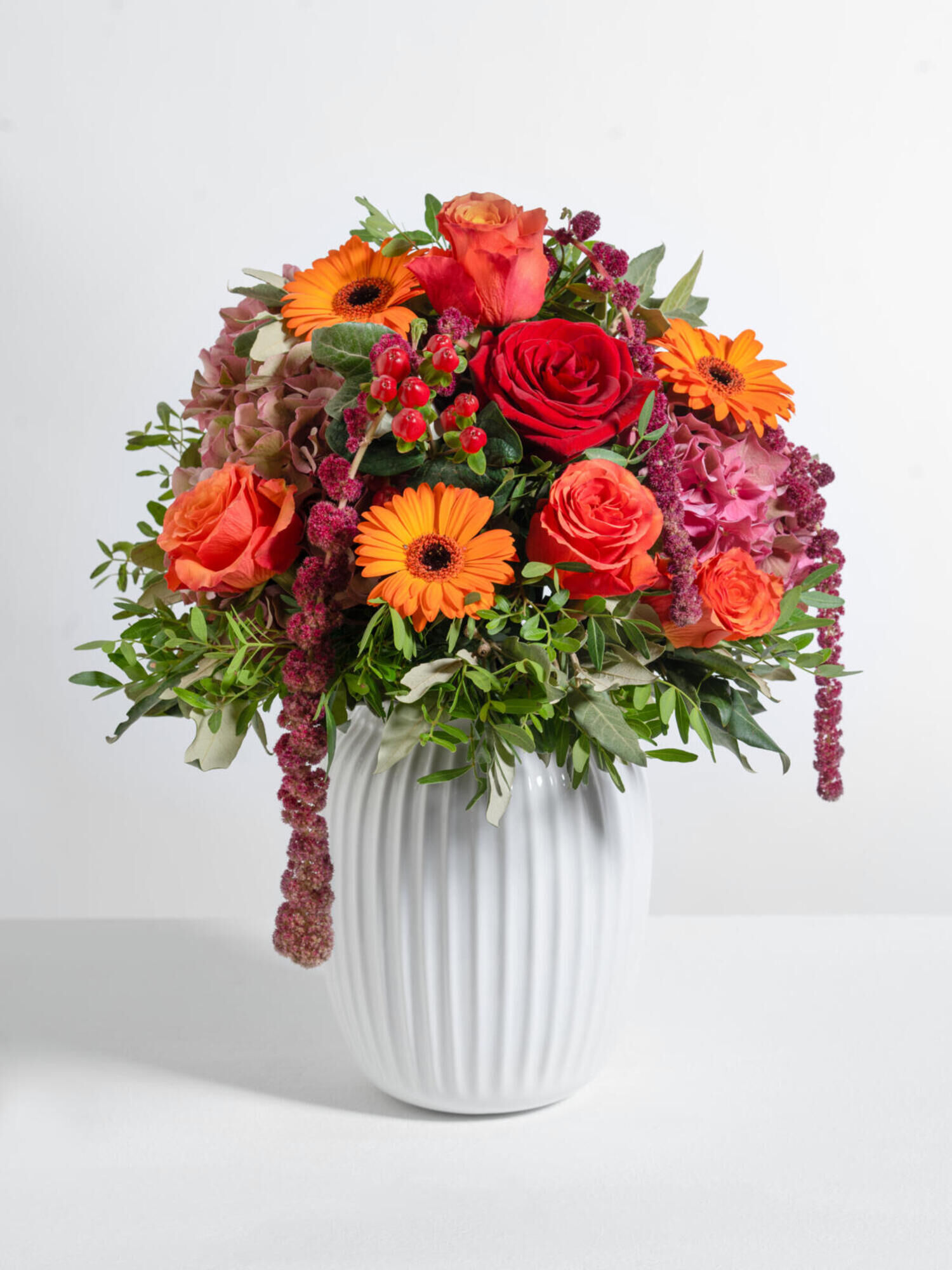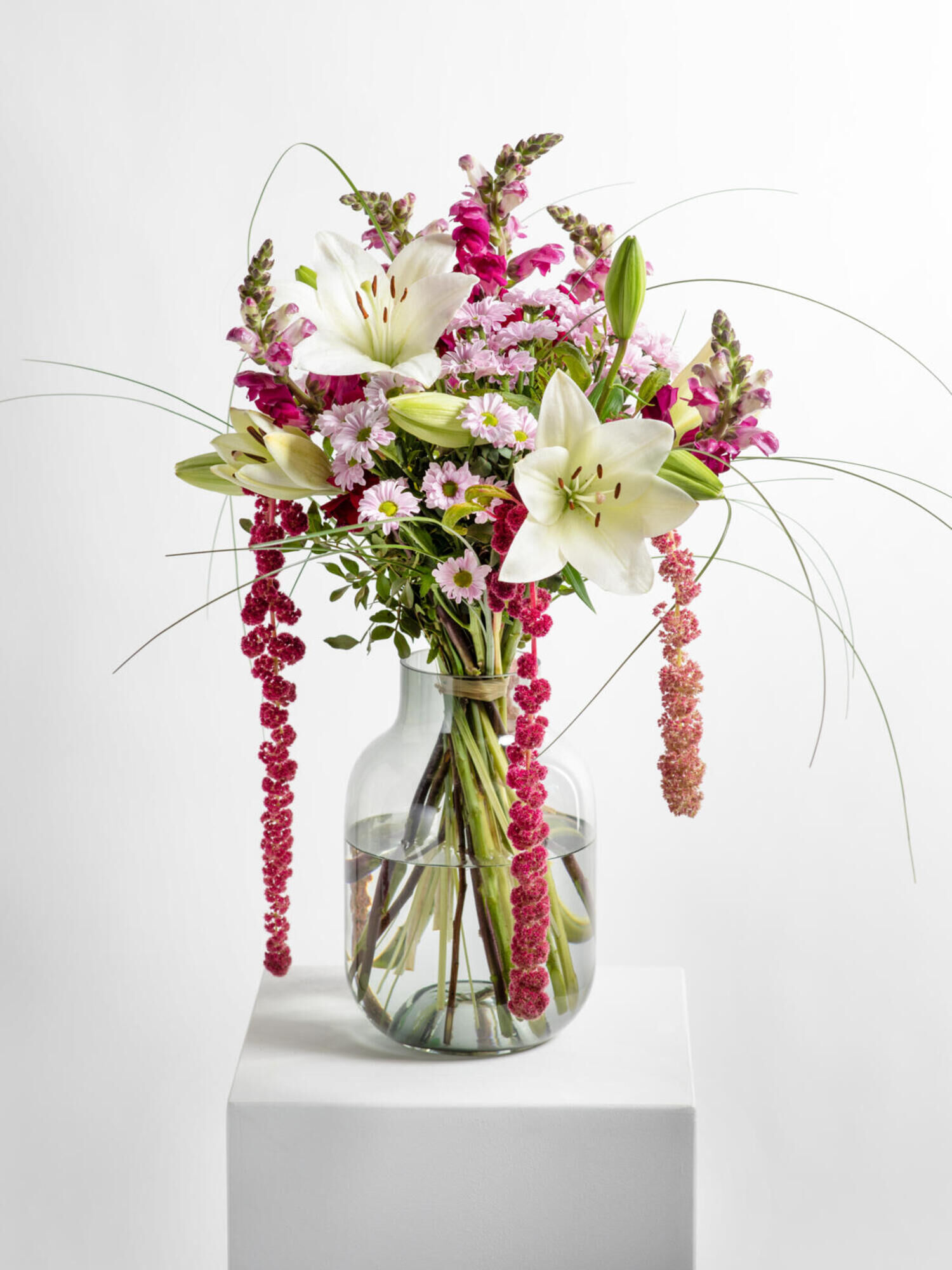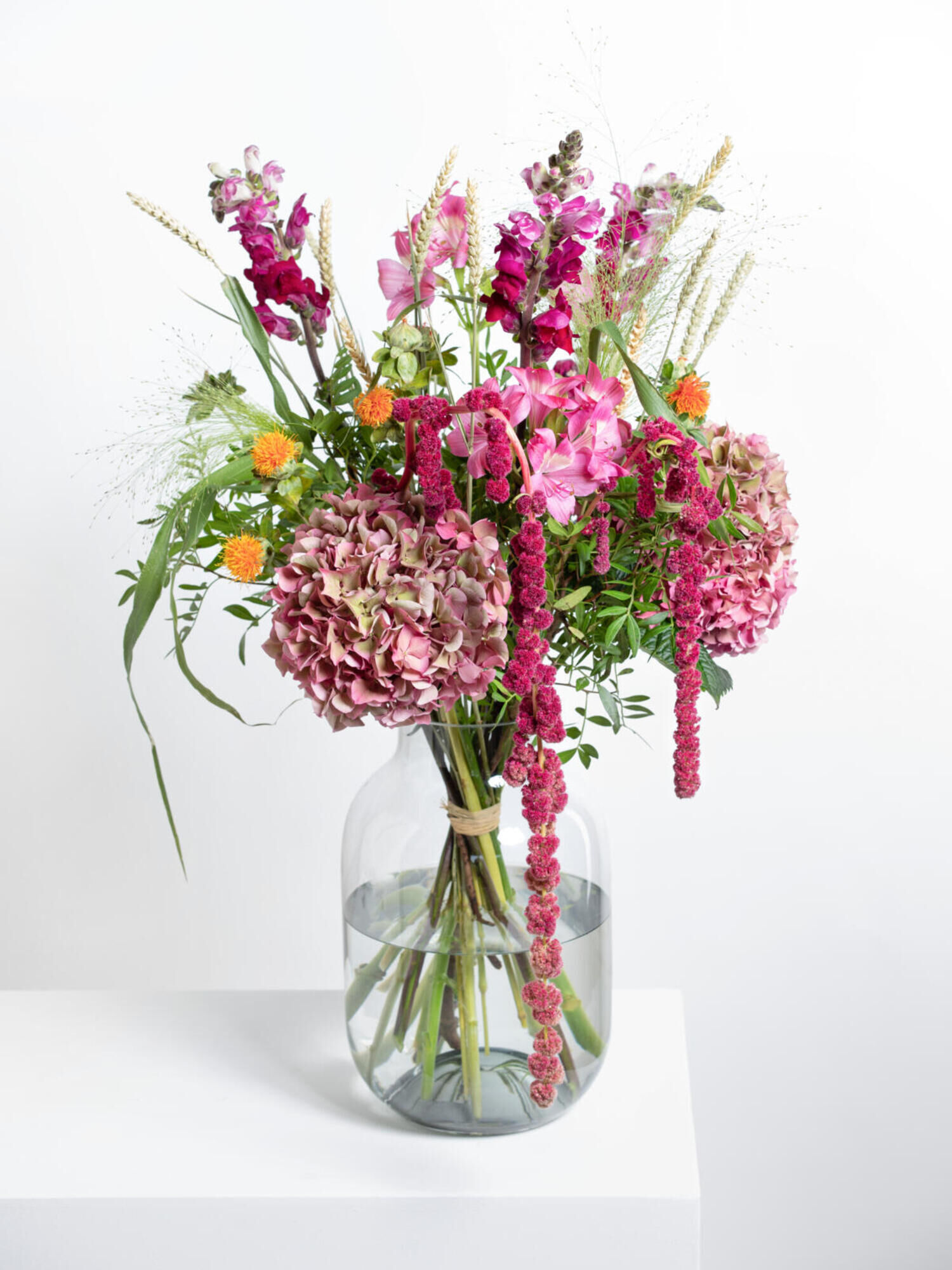Amaranthus

The purple flowers of the foxtail - also known as amaranth - are indeed reminiscent of the animal's tail. The plant is popular in our gardens because it is not only decorative, but also edible, depending on the species and variety. Below you can find out all about its origin, cultivation and properties. Is the foxtail plant poisonous, people often ask? On the contrary: this plant genus is an important crop in South and Central America. Amaranth is used here as an ornamental plant.
The most important information about amaranth at a glance
- Annual crop plant
- Non-native wild form (neophyte)
- Hardy
- Edible
- With long flowering period
Origin of the genus Amaranthus
The so-called garden foxtail or panicle foxtail (Amaranthus caudatus), which is also known as hanging foxtail or amaranth, originates from South America and is cultivated there as a useful plant. The plant came to Europe in the 18th century.
Appearance & flowering time
The foxtail, with its elongated, fluffy flowers, has a long flowering period in summer. Its cascades of flowers have a high ornamental value in combination with other summer-flowering plants.
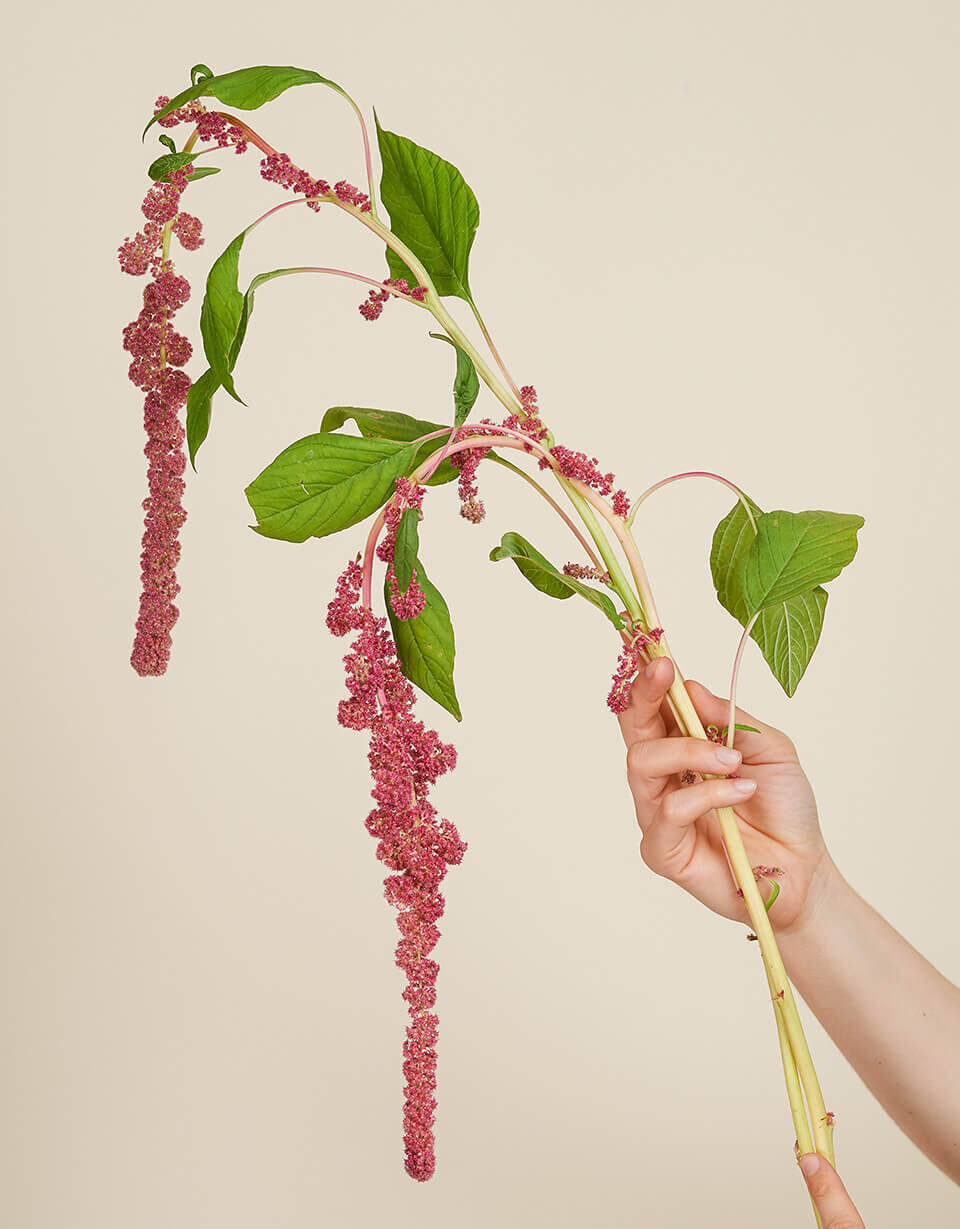
Flowering
Amaranthus, the panicle foxtail, opens its flowers from June and flowers until October. The mostly long, branched inflorescences hang down in an arch. The flowers are often a dark purple-red colour, hence the name red amaranth. However, there are also varieties with yellow, cream and cinnamon-coloured, pink or green hues. The flowers are unisexual, i.e. there are male and female flowers. They are self-pollinated or cross-pollinated. Its fruits are so-called capsule fruits, each with one seed.
Growth habit
Herbaceous plant with broad lanceolate leaves and terminal, overhanging flower spikes and a taproot. The height is around 60 to 120 cm.
Foliage
The leaves are alternate around the stem. They are up to 20 cm long and wide, smooth to slightly hairy, mostly green, sometimes even reddish.
How high does foxtail grow?
As a bushy growing plant, the garden foxtail reaches a height of 1.5 m to 1.75 m and grows 1 m to 1.5 m wide. This plant has light green leaves. They are ovate or lanceolate. Amaranthus caudatus produces purple-red flowers from June to October.
How does amaranth flower?
Amaranthus caudatus opens its flowers from June until October. The mostly branched inflorescences hang in an arch. The long cascades of flowers are made up of numerous flower clusters, which gives them a very fluffy appearance.
How long does amaranth flower?
Amaranth flowers from June to October, which is around five months.
Amaranth species
Around 60 to 100 species are known. The three most important varieties of the species "caudatus" are:
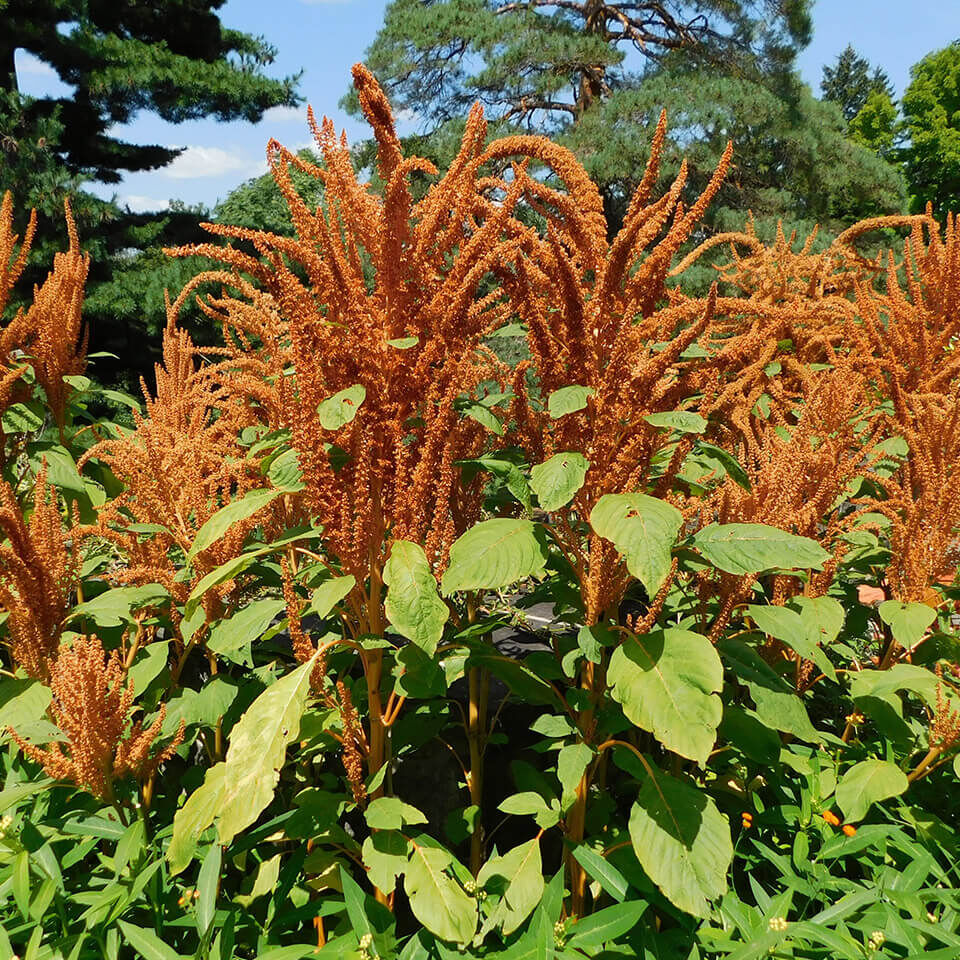
Amaranthus caudatus 'Hot Biscuits'
100-150 cm; brownish-cinnamon coloured inflorescences
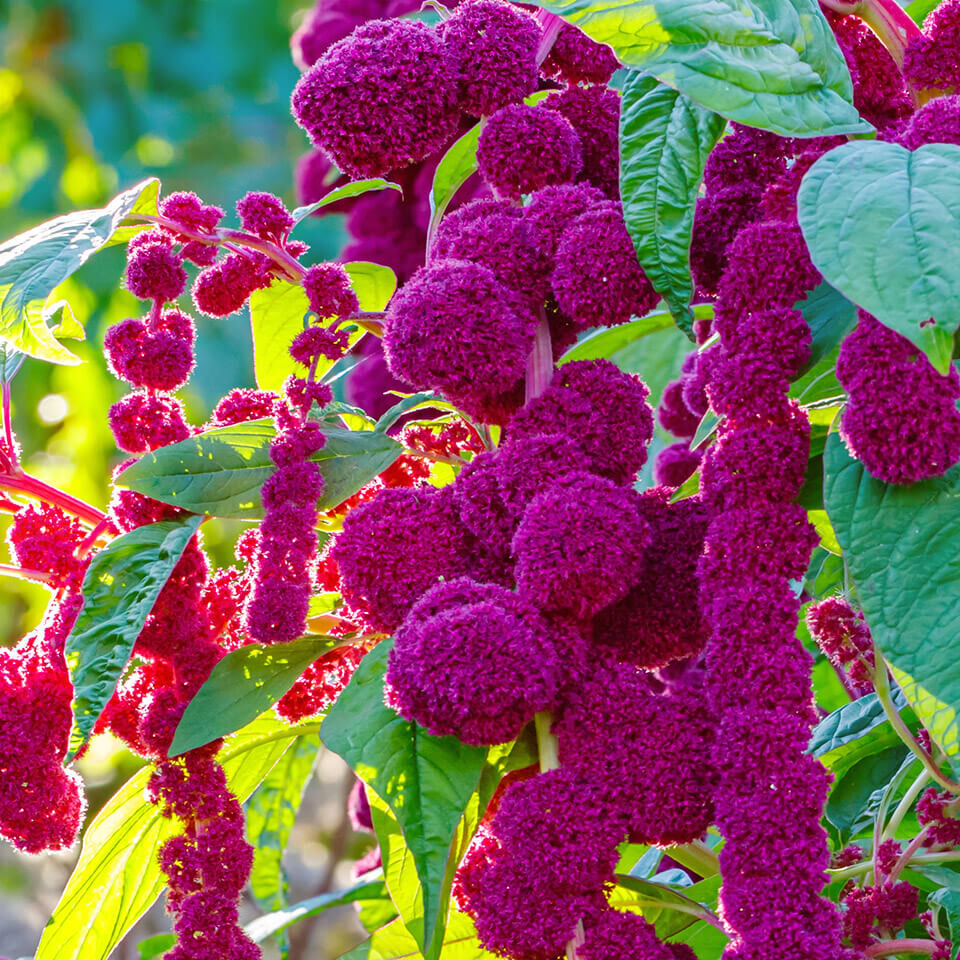
Amaranthus caudatus gibbosus ‘Dreadlocks’
80 centimetres; dark purple-red, twisted inflorescences
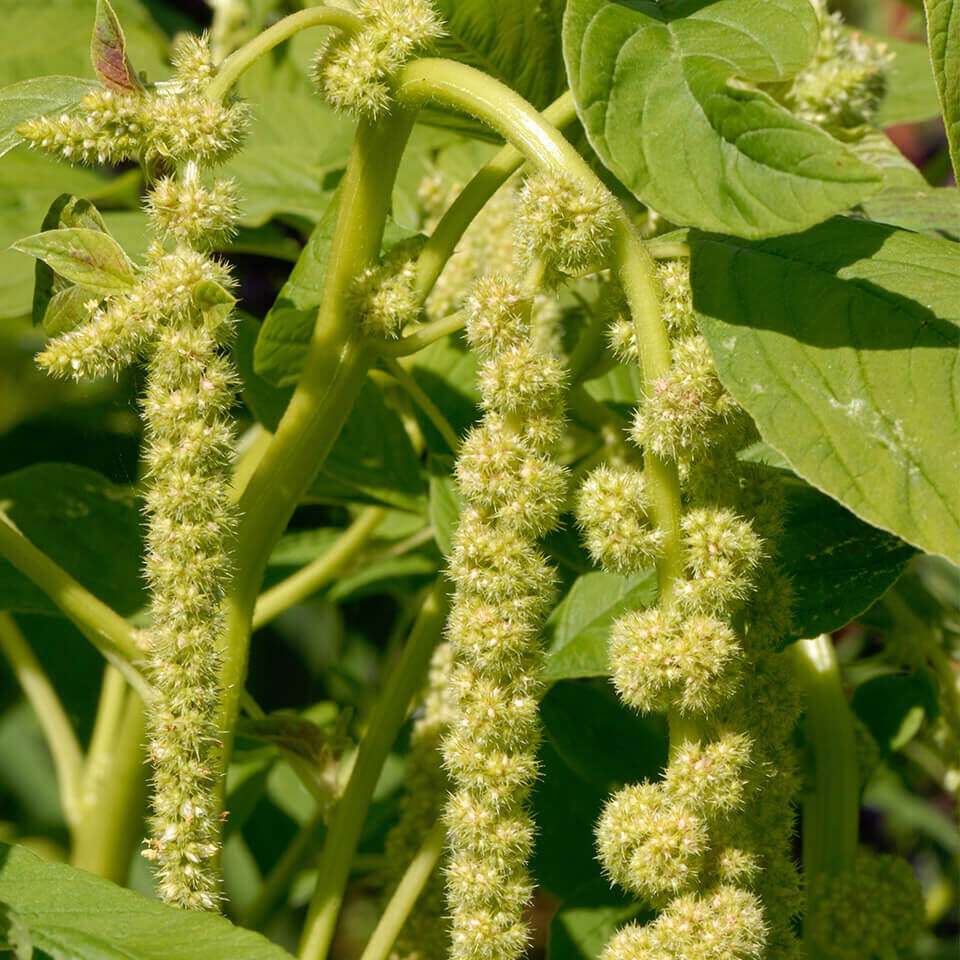
Amaranthus caudatus ‘Green Cascade’
70-100 cm, green inflorescences
Location and planting in the garden
Amaranth has a wide distribution area and is very common throughout Germany. It grows mainly from the lowlands to the low mountain ranges. According to the Red List, meadow foxtail is not endangered.
Location
The foxtail loves a sunny and windless spot in the border, but will also grow in partial shade. The soil should be rich in humus and nutrients, fresh to moist and well-drained.
Where does foxtail grow?
Amaranth has a large distribution area and is very common throughout Germany. It grows mainly in the lowlands and low mountain ranges.
When to plant amaranth?
Amaranth can be sown from the end of April to mid-May and should not dry out at the beginning.
When to sow foxtail?
There are two possibilities: Pre-cultivation indoors or sowing directly outdoors. The sowing time differs depending on this. Indoors, seeds can be sown as early as March. The latest time is June, so that the plants fully mature by autumn.
Is amaranth hardy?
Amaranth is not hardy, it dies in frost. Seeds may have dispersed and new plants will grow in the same location next spring.
Is foxtail perennial?
No. The plants should only be planted out after the frost.
Care, harvest & propagation
How do you propagate foxtail?
Foxtail should be grown indoors as a pre-crop or can be sown directly outdoors. The sowing time differs depending on this. Indoors, seeds can be sown as early as March. The latest time is June, so that the plants can fully mature by autumn. Amaranth tends to self-sow.
How is amaranth harvested?
To harvest the amaranth, the cut shoots or stalks are vigorously beaten so that the seeds fall out. It is best to let the fruit stalks dry out a few days beforehand.
How fast does amaranth grow?
The seedlings develop just 7 to 14 days after sowing.
How does amaranth multiply?
Amaranth is an annual and should be sown from seed.
Diseases & pests
Aphids are sometimes observed.
Use of amaranth
Amaranth is popular as a summer flower. It can also be used as a cut flower. Its leaves are edible, as are the seeds.
Frequently asked questions about Amaranthus
Can amaranth be grown in Germany?
Amaranth is mainly cultivated as a crop in Central and South America, but also in Europe. It is undemanding and can also be planted in the home garden.
Can you eat amaranth like this?
The amaranth plant is one of the oldest useful plants in the world. In addition to the small grains, the leaves can also be eaten.
What does amaranth mean in German?
Amaranth (Amaranthus) translates as: unfading flower.
Is amaranth and foxtail the same thing?
Yes.
Is amaranth bee-friendly?
Yes, the foxtail is a sought-after woad flower for bees and insects.
Is amaranth a weed?
Particularly in climatically favoured locations, amaranth is a highly competitive weed that has been spreading northwards more and more in recent years.
Is amaranth an ornamental plant?
In our latitudes, this herbaceous plant is often cultivated as an ornamental plant. The annual garden foxtail is undemanding and easy to care for and produces beautiful flowers from July to September.
What does amaranth smell like?
The plant smells slightly sweet, somewhat nutty.
What is made from amaranth?
Puffed amaranth tastes great in muesli or sprinkled over salads and can be used for baking. One variation is amaranth flakes. Amaranth flour is also available.
Can you dry amaranth?
The flowers dry very well and retain their purple colour for a long time.













